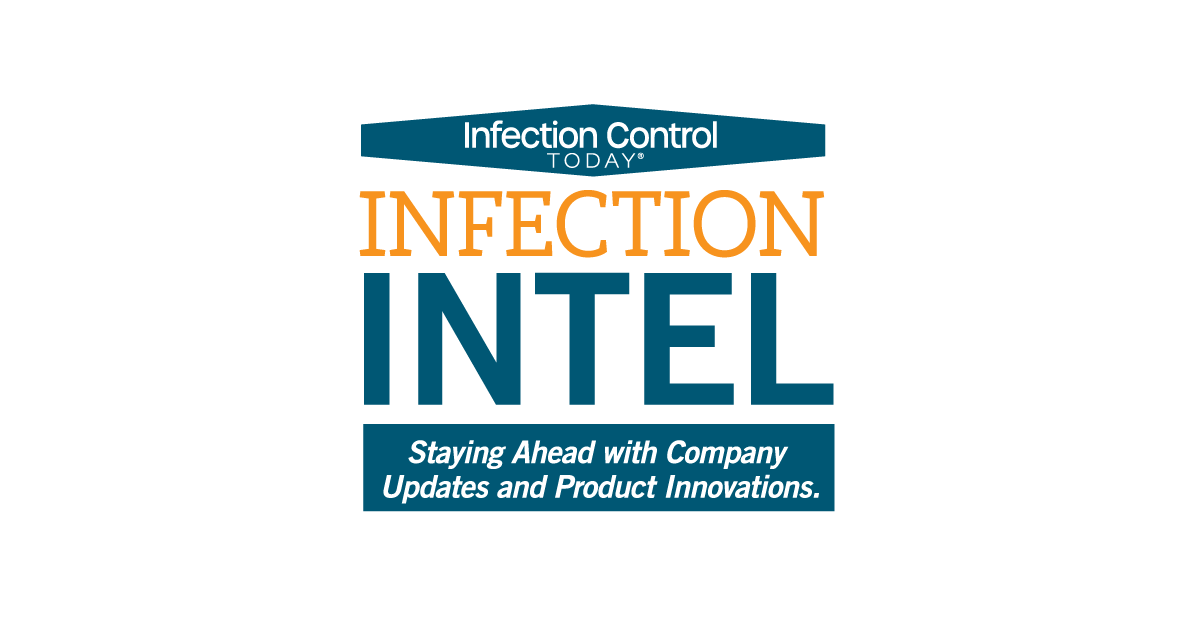GigaGen Expands Contract With US Department of Defense for Synthetic Antibody Treatments for Botulinum Neurotoxins
GigaGen, a biotech company, secures an $11.8M contract expansion with the US Department of Defense to develop synthetic human antibody treatments for botulinum neurotoxins.
Infection Intel: Staying Ahead with Company Updates and Product Innovations

GigaGen, a biotechnology company specializing in antibody drugs for various medical applications, including immune deficiencies, infectious diseases, and cancers, has announced an expansion of its contract with the US Department of Defense's (DOD) Joint Program Executive Office for Chemical, Biological, Radiological, and Nuclear Defense (JPEO-CBRND). The contract modification, awarded through the Army Contracting Command, increases the total grant value to $11.8 million.
The expanded contract aims to use GigaGen's innovative platform capabilities to rapidly develop synthetic human antibodies for treating botulinum neurotoxins (BoNT) A and B. This development will encompass manufacturing and investigational new drug (IND)-enabling studies, with a focus on enhancing the potency and military utility of these antibody treatments.
To learn more about the collaboration, Carter Keller, MBA, BSE, the CEO of GigaGen (a Grifols company), interviewed with Infection Control Today® (ICT®)
ICT: Can you provide more details about the expansion of GigaGen's contract with the DOD and how it will contribute to the development of synthetic human antibodies for botulinum neurotoxins (BoNT) A and B?
Carter Keller, MBA, BSE: As part of the contract, GigaGen will demonstrate its platform’s capabilities by producing recombinant polyclonal antibody products that target DOD-priority pathogens, including a drug designed to neutralize BoNT A and B, with high potency and military utility.
This program expansion reaffirms the DOD’s confidence in GigaGen’s technology and its commitment to support the development of the BoNT recombinant polyclonal antibody therapeutic.
The agreement will also allow the DOD to evaluate GigaGen’s platform against additional biological threats and support functional testing, manufacturing, and evaluation of recombinant polyclonal drugs that meet specific performance objectives.
ICT: GigaGen's hyperimmune platform is described as a novel way to develop synthetic polyclonal antibodies. Could you explain how this platform works and the potential advantages of synthetic polyclonal antibodies over natural immune responses?
Carter Keller, MBA, BSE
(Photo courtesy of GigaGen)

CK: A recombinant (synthetic) polyclonal antibody therapy consists of thousands of antibodies that are made in the laboratory to treat disease in the same way a natural immune system would – with a diverse antibody response.
Individuals exposed to BoNT or other pathogens might not be able to clear the exposure naturally before severe symptoms occur. GigaGen’s technologies copy and recreate antibody responses for a particular pathogen, in this case, BoNT. Because recombinant therapeutics can be bioengineered, GigaGen can create therapeutics that are more powerful than what the natural antibody response can provide. This includes enriching the product with antibodies that target the most susceptible regions of the toxin or pathogen.
The synthetic polyclonal antibody drugs would be given as a potent “custom-made” immune system tailored against BoNT.
ICT: This contract expansion aims to support advanced development activities, including manufacturing and IND-enabling studies. What are the key milestones and goals in demonstrating improved potency and military utility for these synthetic antibodies?
CK: Our next milestone is to demonstrate in vitro and in vivo BoNT neutralizing potency compared to international treatment standards.
Current drugs include human hyperimmune drugs, which are plasma-derived products comprising antibodies from individuals who have been vaccinated with inactivated BoNT. BoNT hyperimmunes are in short supply and cannot be used to prevent intoxication. Other BoNT therapeutics include a horse-derived immunoglobulin that has a very short half-life and can only be used to treat patients after exposure. Recombinant human antibodies, like GigaGen’s drugs, have a known long half-life and can be given to both people who are at risk of exposure and those experiencing BoNT intoxication. GigaGen’s therapeutics are the only recombinant hyperimmune treatments currently under investigation.
ICT: How does GigaGen plan to ensure the rapid creation and expression of polyclonal antibody cell banks against BoNT A and B? Are there any innovative technologies or methods being utilized for this purpose?
CK: GigaGen starts with blood from BoNT-immunized animals that produce human antibodies with the goal of reproducing BoNT-specific immune responses. The company uses microfluidic technology to capture millions of individual antibody-producing immune cells (called B cells). It then extracts their antibody-coding DNA and creates cell lines that express the recombinant (synthetic) human antibodies of interest for the disease. The antibody-producing cell line can then be used to continuously manufacture the therapeutic of interest at existing manufacturing facilities at large scale.
Polyclonal cell lines can be designed to target specific antigens or be developed to be broadly reactive, targeting many diverse pathogen antigens. The anti-BoNT sequences are selected and enriched in the cell bank to identify the optimal antibodies that neutralize all BoNT variants. Should a new variant or pathogen arise, GigaGen’s technology can be leveraged to develop new or updated cell lines and produce the new product within months of pathogen identification.
Last year we published research describing our GMP manufacturing. We optimized production yield, demonstrated consistency across batches, and generated a highly pure product ready for clinical use. GigaGen’s treatments are unique because they are highly potent and recreate the natural antibody diversity using a single manufacturing run. There are antibody cocktails in development that are a mixture of monoclonal antibodies, each produced through individual cell lines. GigaGen’s approach reduces the time required to get the product through regulatory approval, streamlining the process to reach patients.
ICT: What impact do you anticipate this effort will have on the U.S. Department of Defense's preparedness goals and its ability to respond to known or emerging threats related to botulinum neurotoxins?
CK: The DOD has a multifaceted approach to preparedness and response concerning known or emerging threats. This involves investing in research to understand these threats better and create treatments and technologies to protect the health of the US population. We’re working with the DOD to explore the full potential of GigaGen’s platform technology and quickly develop effective therapies against deadly pathogens. The lessons from the COVID-19 pandemic emphasize the urgency of quick action in response to emerging threats. GigaGen’s platform can deliver rapid responses to them.
Uncovering a Hidden Risk: Alcohol Use Disorder Significantly Increases C difficile Infection Rates
April 10th 2025A groundbreaking study reveals a strong connection between alcohol use disorder and increased risk for Clostridioides difficile infection, challenging traditional assumptions and calling for enhanced infection prevention protocols.
Bridging the Gap: Operating Room and Central Processing Unite to Improve Surgical Efficiency
April 8th 2025Communication breakdowns between the operating room and central processing led to delays and frustration—until collaboration, cross-training, and shared goals turned metrics around and strengthened teamwork.